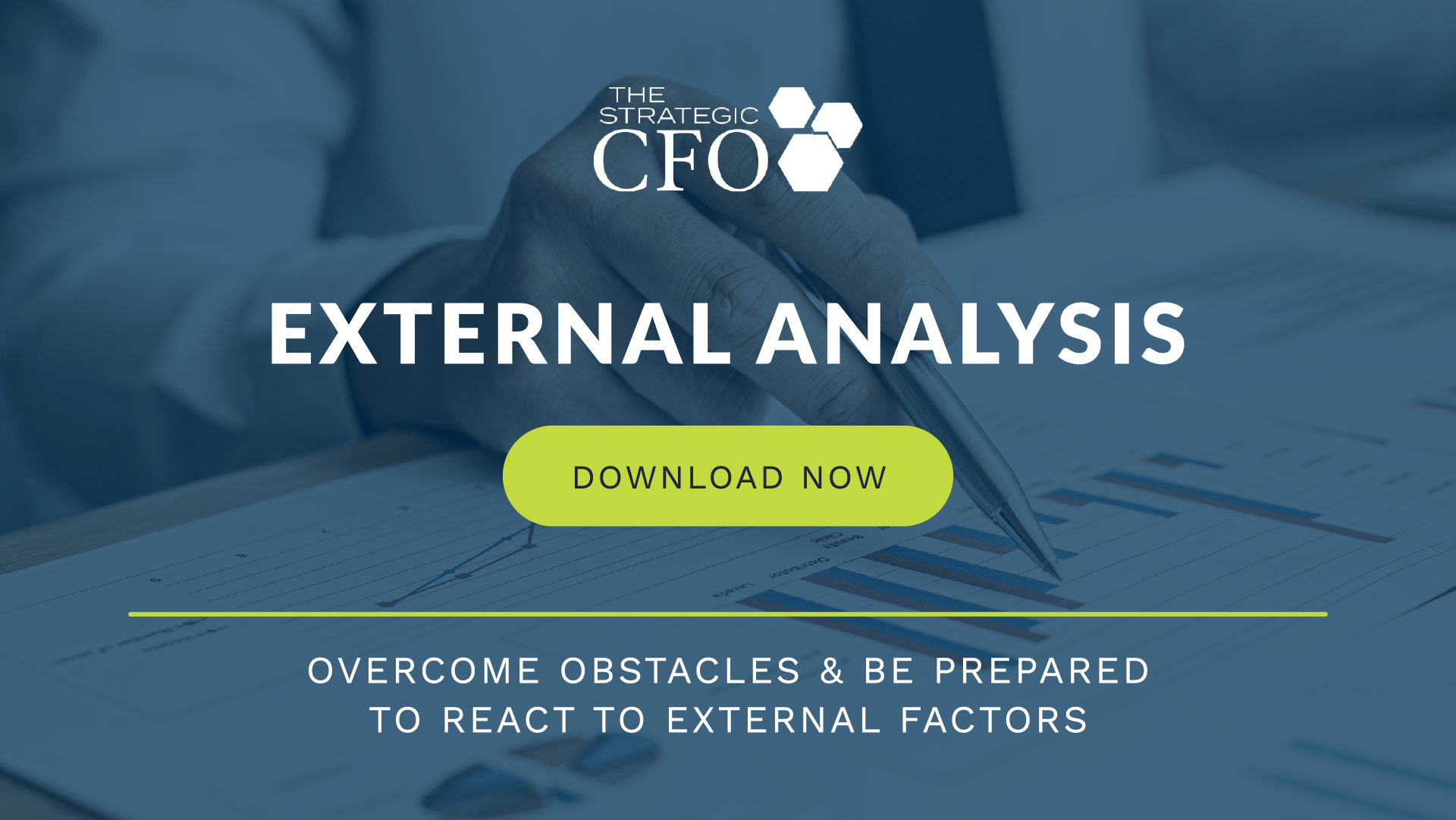Subsequent Events Definition
The definition of a subsequent events are generally defined as events that occurs after the year end period but before the financial statements have been issued. A subsequent event falls underneath the disclosure principle and can be confusing to many accountants that encounter them. However, the codification provides guidance under ASC 855 subsequent events. This allows accountants to distinguish separate events and how to write subsequent events disclosure.
Subsequent Events Meaning
The problem arises for companies because subsequent event accounting could dramatically alter an investor’s opinion. It might be misleading to issue the statements as they are at period end. There are generally two types of subsequent events.
1)The first is a recognized event whereas the second is a non-recognized event. Recognized or type 1 subsequent events are typically events that occurred at the financial statement date. But that may have concluded after the year end. The financial statements must then be altered to include this event because it would be misleading not to list the event.
2) Type 2 or non-recognized events are then events that were not ongoing and occurred after the year end. These accounting subsequent events should not be disclosed within the current financials, but a subsequent event footnote disclosure should be made in the financials so that investors know that the event did occur.
Subsequent Events Examples
Type 1 event (recognized)
Honyota Inc., a car manufacturer, has had some ongoing litigation proceedings concerning the safety of its cars in the United States. Year end occurred a month ago but the financials have not been issued at this date, the litigations proceedings have finally concluded after months and Honyota will be required to pay $50 million in damages to various customers around the U.S. Honyota has accrued for this event since the litigation proceedings began and has gone ahead and paid the amount needed. Then recognize the event as a type 1 event because this has been ongoing for months. In addition, conclude the final amount paid.
Type 2 event (non-recognized)
After year end, Welder supply has lost one of its customers due to bankruptcy. Welder Supply has not issued it statements yet. Owen, an accountant, is trying to determine if he should recognize this event in the year end financials issued within a few days. Owen determines that the company does not need to recognize the change in accounts receivable because Welder Supply had no indication that its customer was in financial distress. Therefore, Owen should not recognize the event in the year end financials. Owen should however make a subsequent event note disclosure within them stating the event that did occur to prevent litigation from presenting misleading statements.
Note: An event of this type would include a small customer that suddenly declared bankruptcy. And the company had no idea before the year end date. This would cause the accounts receivable to change as the company expects not to collect.
Download your free External Analysis whitepaper that guides you through overcoming obstacles and preparing how your company is going to react to external factors.

[box]Strategic CFO Lab Member Extra
Access your Projections Execution Plan in SCFO Lab. The step-by-step plan to get ahead of your cash flow.
Click here to access your Execution Plan. Not a Lab Member?
Click here to learn more about SCFO Labs[/box]

See Also:
Accounting Principles
Probable Losses
Contingent Liability
Accounting Changes





















